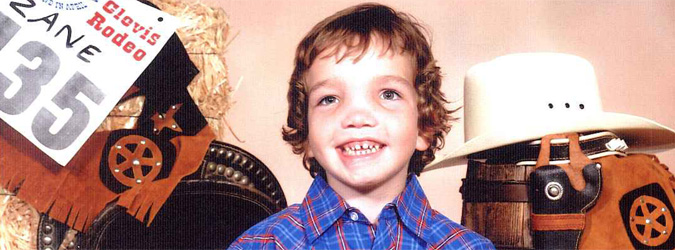
The goal of this research study is to identify genes and regulatory elements on chromosomes that cause craniometaphyseal dysplasia (CMD). We also study blood samples and tissue samples from patients to learn about the processes that lead to this disorder. Our long-term goal is to find mechanisms to slow down bone deposition in CMD patients.
About the CMD Study
What is craniometaphyseal dysplasia?
Craniometaphyseal dysplasia (CMD) is a very rare bone disorder that affects mostly bones of the head (cranial bones) but also long (tubular) bones. Therefore, CMD has been added to the class of craniotubular bone disorders. There are a number of disorders in this group and sometimes they are difficult to distinguish. Typical signs for CMD are the lifelong bone deposition in bones of the face and head (progressive craniofacial hyperostosis) and the widening of the ends of long bones (metaphyseal flaring). Typical facial characteristics are wide-set eyes and a prominent jaw (mandible). CMD is sometimes diagnosed in infants. The best way to confirm diagnosis is by molecular genetics.
What do we know about the genetics of CMD?
In 2001 mutations for CMD in a gene called ANKH on chromosome 5 were found. CMD can be inherited and run in families. Most of the familial CMD is inherited in an autosomal dominant mode. This means that one copy of chromosome 5 carries the normal copy of ANKH and the other copy of chromosome 5 the mutated ANKH.
There are patients with CMD who do not have any family history of CMD. Their parents have a normal set of ANKH genes and the patient developed the mutation spontaneously during early embryonic development, as a so called de novo mutation. One explanation for different patients developing the same mutation is that the ANKH gene may be located in a genetic hot spot where the likelihood for a mutation is higher than in other chromosomal regions.
There is also the autosomal recessive form of CMD for which no mutation has been published yet. Both parents have one copy of a mutated gene (yet unknown) and their children have a then a 25% chance to inherit both mutated copies of this gene. Only individuals with 2 mutant copies of the gene will develop CMD. In most cases the parents have common ancestors.
There are yet other patients who have been diagnosed with CMD who do not have the recessive form of CMD nor a mutation in ANKH. We believe there are other genes that can cause CMD or a CMD-like condition (= genetic heterogeneity) and we do our best to find those genes.
Can CMD be inherited?
The current evidence is that all known CMD mutation are germline mutations, which means that they can be passed on to offspring.
Do we treat CMD?
No, we do not treat CMD. We perform basic research to understand what happens in bone cells that they lead to this characteristic bone phenotype. Based on this knowledge we hope that better treatment can be developed in the future.
Why should I participate in such a genetic study?
Although we know some mutations in the ANKH gene, we are looking for more CMD patients to participate. The goal is to identify additional mutations and additional genes that can lead to CMD. This knowledge will help to better understand how CMD bones remodel differently.
Your participation will help to reach our goal.
Will I directly benefit from this study?
You will not directly benefit from the results of this study.